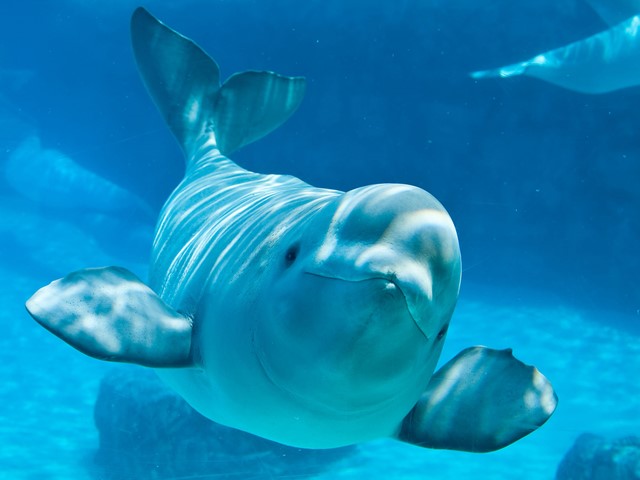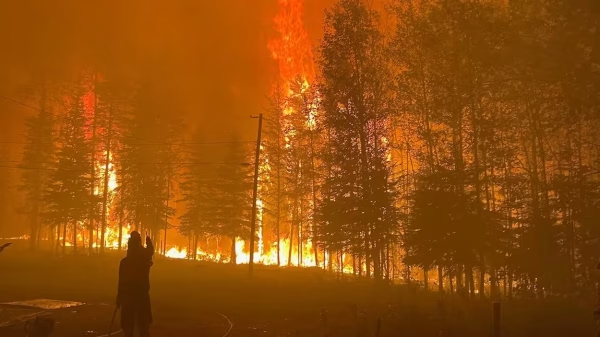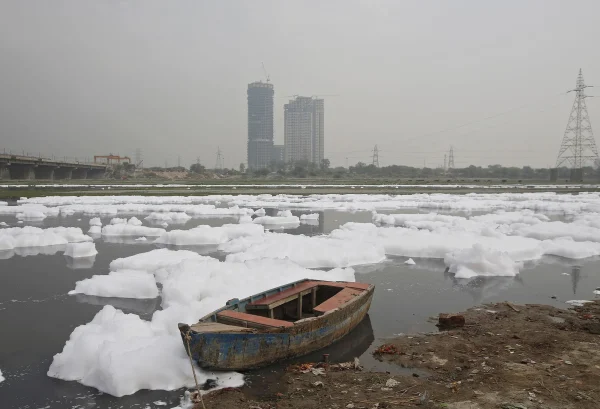Pollution Threatening Belugas of Extinction
The number of beluga in the St-Lawrence river has decreased a lot in recent years. Are they going to disappear?
Belugas population started to decline around the 2000s and continue to drop very quickly. The reason for that is because of humans. Their ecosystem has been disturbed by many human activities.
Microplastic is the principal reason behind the minimization of the belugas population. It is plastic that shrinks because of long exposure to the water.
“This is worrying because plastic as we know, is everywhere and we do not really know the long time effects of the presence of the various types of plastic in this species,” says Rhiannon Moore, a scientist that works with the city of Victoria and has graduated from the University of Simon Fraser.
In fact, the belugas didn’t really eat microplastic, it’s the fish that they eat that ingest those plastic particles. Beluga’s prey eats microplastic because it looks like plankton. So when the Belugas eat fish they eat the plastic at the same time. Approximately they eat 145 000 microplastic a year.
Another reason that didn’t help the beluga population is the augmentation of boats on the St-Lawrence river. This mammal is very affected by maritime traffic. The sound that the boat makes disturbed their echolocation. They used echolocation to find their food and for staying in groups.
St-Lawrence boat rejected a lot of petrol that affects baby belugas. The scientist searching about the beluga discovered that the release of oil in the river killed a lot of newborn belugas.
Since 2000, humans have rejected more and more chemical products in St-Lawrence like HAP (hazardous air pollutants) that cause cancer and serious health impact on belugas. They are the most infected aquatic animal on the earth.
Climate change affects their natural environment. Belugas are very affected by climate change because they live in cold water. Lately, the earth became warmer, and that killed a lot of these mammals.
“The decline that began in the early 2000s coincides with a significant change in their ecosystem, changes that create unfavorable environmental conditions,” said Véronique Lesage, marine mammal researcher at the Maurice-Lamontagne Institute of Fisheries and Oceans Canada.






